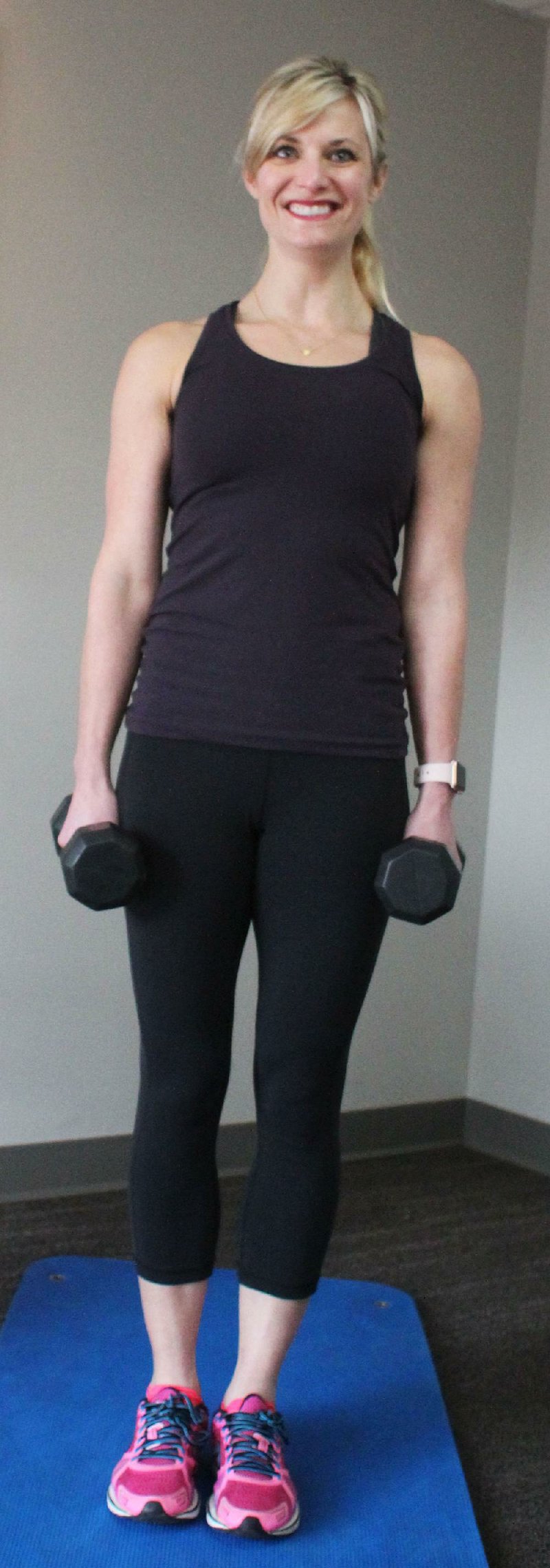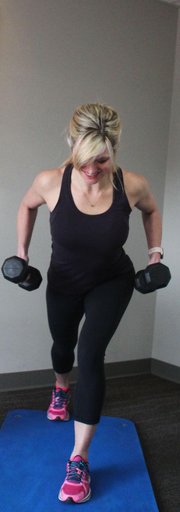An active life doesn't come without its pitfalls. Acute injuries such as muscle strains, joint sprains and contusions pock the territory. The payoff is worth these minor sideliners -- a lifetime of health.
But it would be more fun to have the health without so many injuries.
So let's dive into the topic of injury avoidance. What do we do before we dive in head first? We look around.
Injuries that take place in the gym are, in many cases, completely avoidable. Even experienced exercisers have times when they simply take safety for granted. I'm living proof of that. But gym safety is not unlike occupational safety: You have to stay aware of the risks and take the necessary precautions or something bad will happen, sooner or later.
After you look around your strength station to make sure there's no obvious hazard, my first piece of advice is to keep resistance levels in a moderate range. I'd classify moderate as anything below 85 percent of your one-repetition maximum (the weight that's so heavy for you, you can lift it one time and one time only).
This simple precaution will ensure that your body is able to manage the resistance you work with without going into overdrive. Muscles grow in response to incremental overloads; you don't have to force them into maximal effort to get results. In many cases, muscle strains and joint injuries occur at these very high loads -- because your whole body is not prepared to control them.
By eliminating these lifts from our routines, we manage the risk without sacrificing the quality of the workout.
Mindfulness is another important element of injury prevention. Rather than floating along without really thinking about much, mentally engage in the workout. Think about each repetition, each muscular contraction and each set you perform.
Staying sharp will improve your chances of making a smart decision rather than a careless one.
Muscle strains often occur due to a loss of balance or coordination. The back muscles are typically strained, and they can take weeks or even months to heal. To reduce the chance of a back strain, give yourself a solid base of support during all your activities, unless you are specifically and in a controlled manner challenging your ability to balance.
Foot position is maybe the most important component of balance, and this week's exercise demonstrates this beautifully.
Without the front-to-back foot position, the Split Stance Row would be a lower-back killer. But this exercise sets you up with a secure base of support, allowing you to practice mindfulness with every repetition; and moderate resistance can result in a very effective and low-risk activity.
1. Select a pair of dumbbells and stand with your feet close together.
2. Adjust your stance so that your right foot is about 2 feet behind you, almost as if you are in the "up" phase of a lunge.
3. While holding the dumbbells, lean your chest forward and place most of your weight on your left leg. This is your starting position.
4. From here, simply lift both elbows up and retract your shoulder blades as you perform a typical dumbbell row.
5. Slowly lower the dumbbells in a controlled fashion until both arms are fully extended.
6. Do two sets of 12.
Controlling the key elements of this movement (stance, resistance, repetition speed) makes the Split Stance Row a safe option for people of all fitness levels. It's a fun way to challenge several body parts with one simple move. Enjoy!
Matt Parrott has a doctorate in education (sport studies) and a master's in kinesiology and is certified by the American College of Sports Medicine.
ActiveStyle on 02/05/2018




